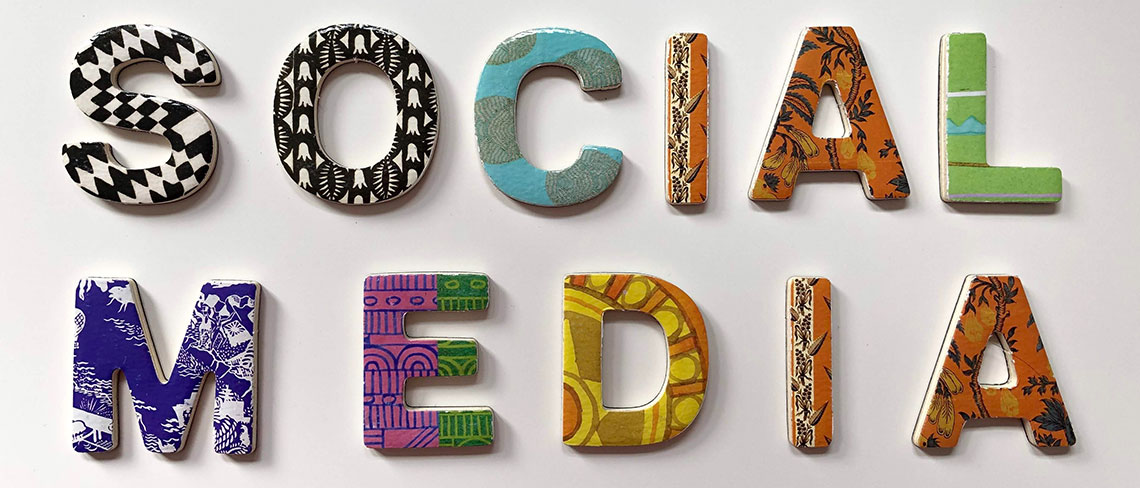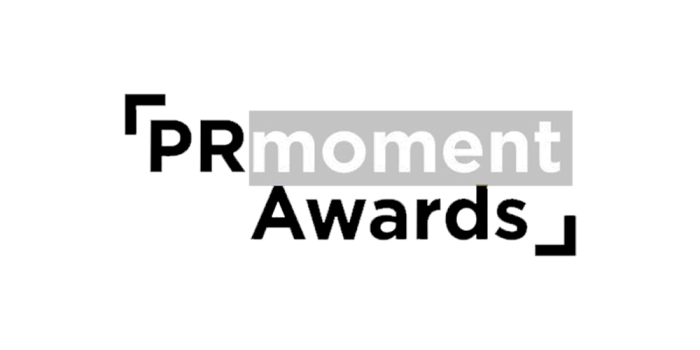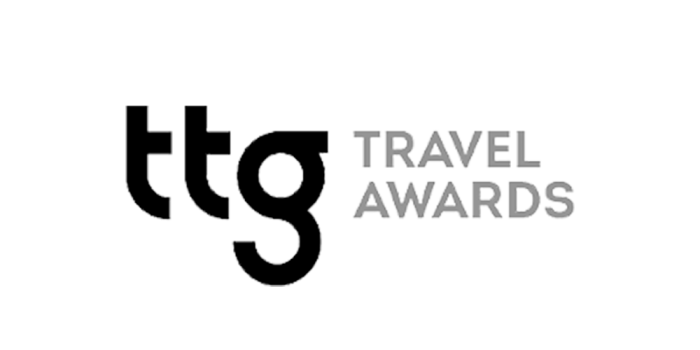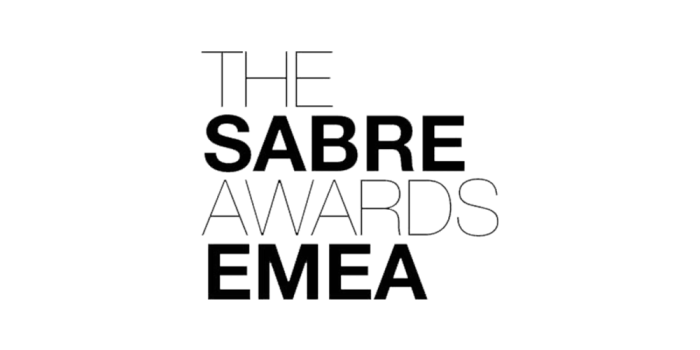
Q1. If you went to New York and didn’t ‘gram it, did you really go there?
A1. Yes, you went, but what was the point – a decent Bridge & Sunset shot should be what, 100+ likes easily.
Once upon a time people would leave the house with just their keys and sunnies (we’re always optimistic about the weather), now the world can’t go to the toilet without a phone or iPad!
The world now has 3 billion Internet users and over 2 billion active social media accounts. Of course, there’s still large numbers of people who can still benefit from being connected. Everything is digital and accessible at the touch of a button, whether we like it or not.
Oh, and social media really wasn’t a passing fad for naval gazing teenagers and we’re no longer sharing, socialising and communicating, but creating unthinkable amounts of data and insight to power billions of pounds worth of marketing, sales and decision-making data.
Q2. If you saw Kim Kardashian but didn’t put it on your Snapchat My Story, did you even see her?
A2. What? Not even on Facebook Live?! You’re either mad or a liar. Or, you’re over 35 and couldn’t care, otherwise we take your point.
With more than half of the world’s population online, social media has weaved its way into everyday life and with it has come a new breed, or cult of personality. As much as we may hate to admit this, Kim Kardashian’s rise is as much down to her unrelenting use of social media platforms to share stories, entertain and engage her audience, as much as it was to a certain piece of age-appropriate user-generate content from 15 years ago.
The lesson? The Kardashian’s know their audience, know where to reach them, know how to entertain them and have put their stories, content (and entire life narrative) into their audience’s hands and monetized later. They also use the instant data available to them to see what content works best and not been scared of either deleting or repeating.
Fair enough, dismiss Snapchat and celebrity but if you don’t think there’s any benefit in applying comms essentials online to grow your business – whether you’re talking to airline CMOs, marketing directors at big brands, or consumers planning their next holiday – you’re missing a trick.
Just think – how jealous are you of the folks at Red Bull who have their social media packed down on the simple realisation their audience loves adrenaline-filled adventure sports content and grabbing life by the balls. And really, is this approach that different to the idea of connecting with those airline CMOs by creating stories about things that matter to airline CMOs?
Q3. Are you happy with the hours invested in creating a chipper and helpful brand persona for your social media accounts?
A3. Good for you, these things can take a lot of sign-off even better if the resulting personality is anything like an actual person.
Take Josh Ostrovsky, the mastermind behind Instagram account The Fat Jewish (if you haven’t heard of him, reward yourself and check him out. Yes you may spend 20 minutes going through videos, but this is proper work). Back to the point, Josh is a great example of a ‘mega personality’. He pushed parts of his personality and behaviour to extremes to create humour, be memorable and grow his audience and brand as a result. You don’t amass 10m+ followers on Instagram and be named one of the “30 most influential people on the internet”, by Time magazine by being average, and unsurprising.
Now, not every brand should be off-the-wall crazy, but you should always consider, in the cold light of day, where you’re digital persona sits on the scale between ‘it would be more convincing coming from a computer’ and ‘world’s most exaggerated ever character’ and whether you make it past the halfway point of ‘actually human’.
To make my case, what does it say about the human-ness of digital comms when the twitter handles of a major organisation can be revolutionised by the temporary presence of a real life teenager on work experience?
Understand your audience, understand what they want to hear and deliver it in a human way, just as if you were chatting in real life.
Q4. If you ate at the world’s best pizzeria and wrote a TripAdvisor review claiming you could make a better Napoletana in your home oven despite devouring every last crumb, tipping and complimenting the staff and begging the chef for the secret to his decades old family dough recipe, will it make you feel more important and blag you a free dinner to “make up for it”?
A4. You’re at the world’s greatest pizzeria, not only will their reputation outlast your anomalous complaint, but they’ll see your tweet, probably recall what you ordered and then own you with a graceful but humble reply that will leave you reaching for the delete button.
The world’s best pizzeria was, of course, just another everyday pizzeria until it realised that taking care of its online reputation could turn around its business.
It was the day the owners had that row with their teenage daughter about “wasting her time on Twit-book, or Snappagram and she was a bright girl and couldn’t she do something constructive with her time” when their daughter rightly pointed out that maybe if they read some of the things people were saying about the restaurant online and that if mum & dad could “just listen for once in their lives.”
Of course, the pizza parents went online, learned some fast lessons by reading everything that was said, made some changes and kept on listening and learning. Wind forward a few years and they’re at the top of the game, followed by everyone who matters online and spotting your fake review a mile off and shutting it down in no time.
Here’s the lesson – even if you dismiss the conversation, there will always be value in hearing what’s being said about you. Do you know what your competitors are saying and doing to steal your custom? Have you picked up the industry insights which are out there (do you follow your top media and journalist twitter feeds?) that you could be learning from in minutes?
Q5. If you woke up at 6am, went for a run, bathed in a bath of Epson salt, drunk a green, vegan, fun free smoothie, and didn’t track in with wearables are you even healthy?
A5. Yes, it sounds like you are and props for the exercise, but maybe you should think about your screen time addiction and obsessing over every last piece of data.
Social media is brilliantly fast and instant with a sticky long-tail of never-ending stuff that’s been out there for years. There will always be someone tweeting, Facebooking, Instgramming or YouTubing and there will always be another opinion to read and video to view.
Don’t let your screen-time and social focus come at the expense of business-time and actual face-to-face-meeting-and-making-sh*t-happen-time. Don’t let social networks and the data and entertainment they offer detract from your main game, let them amplify and inform them.
Yes, Richard Branson may get huge engagement on LinkedIn telling stories about meeting customers, staff and discussing the future of entrepreneurialism. The key wasn’t his team’s post scheduling strategy, it was the fact they were out in the world meeting customers and staff and making change and stories that people actually cared about in the first place.
Because sometimes, the doing of the good stuff is more important than the documenting and sharing of it.
By Andonia Kailis






